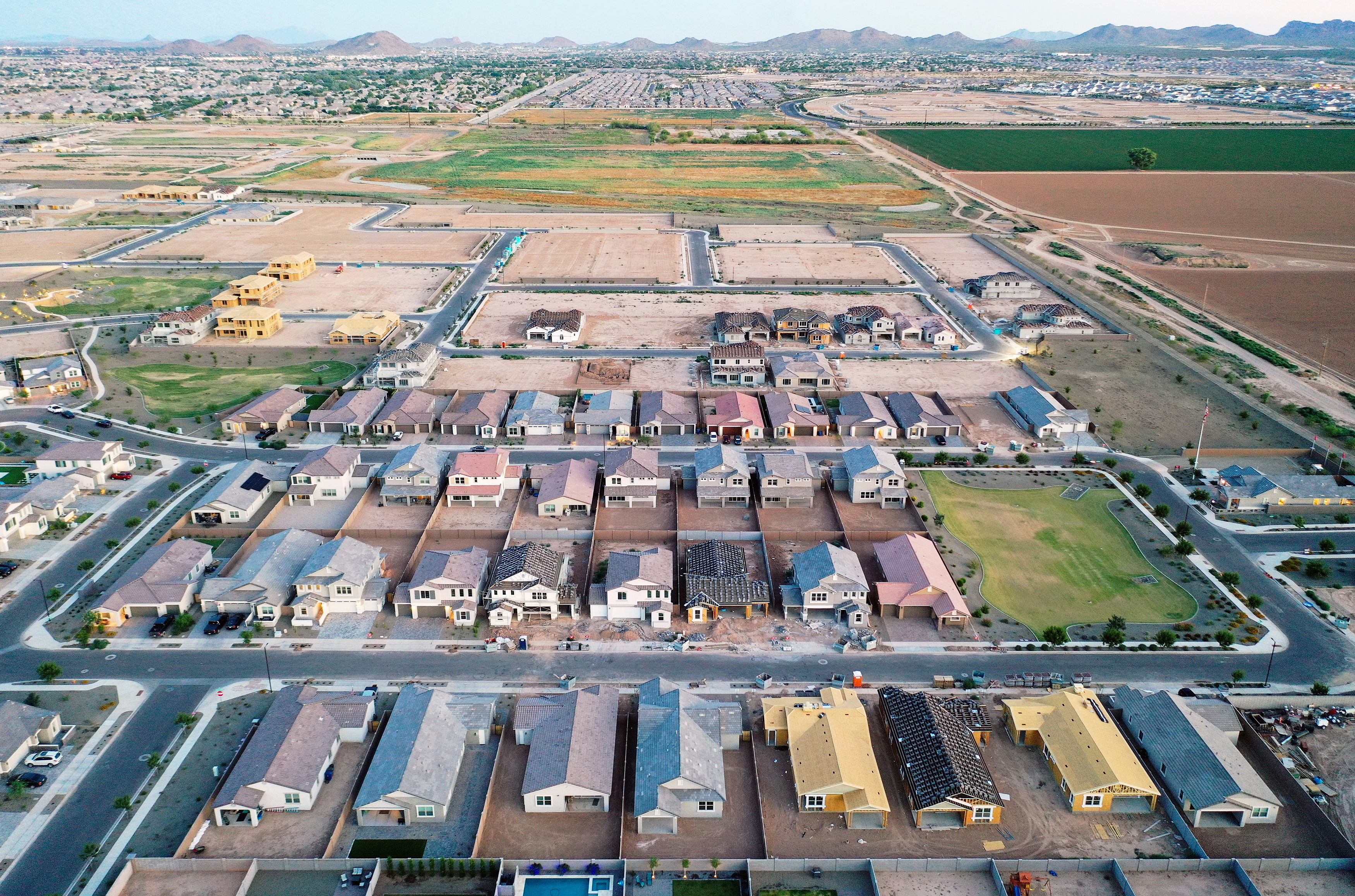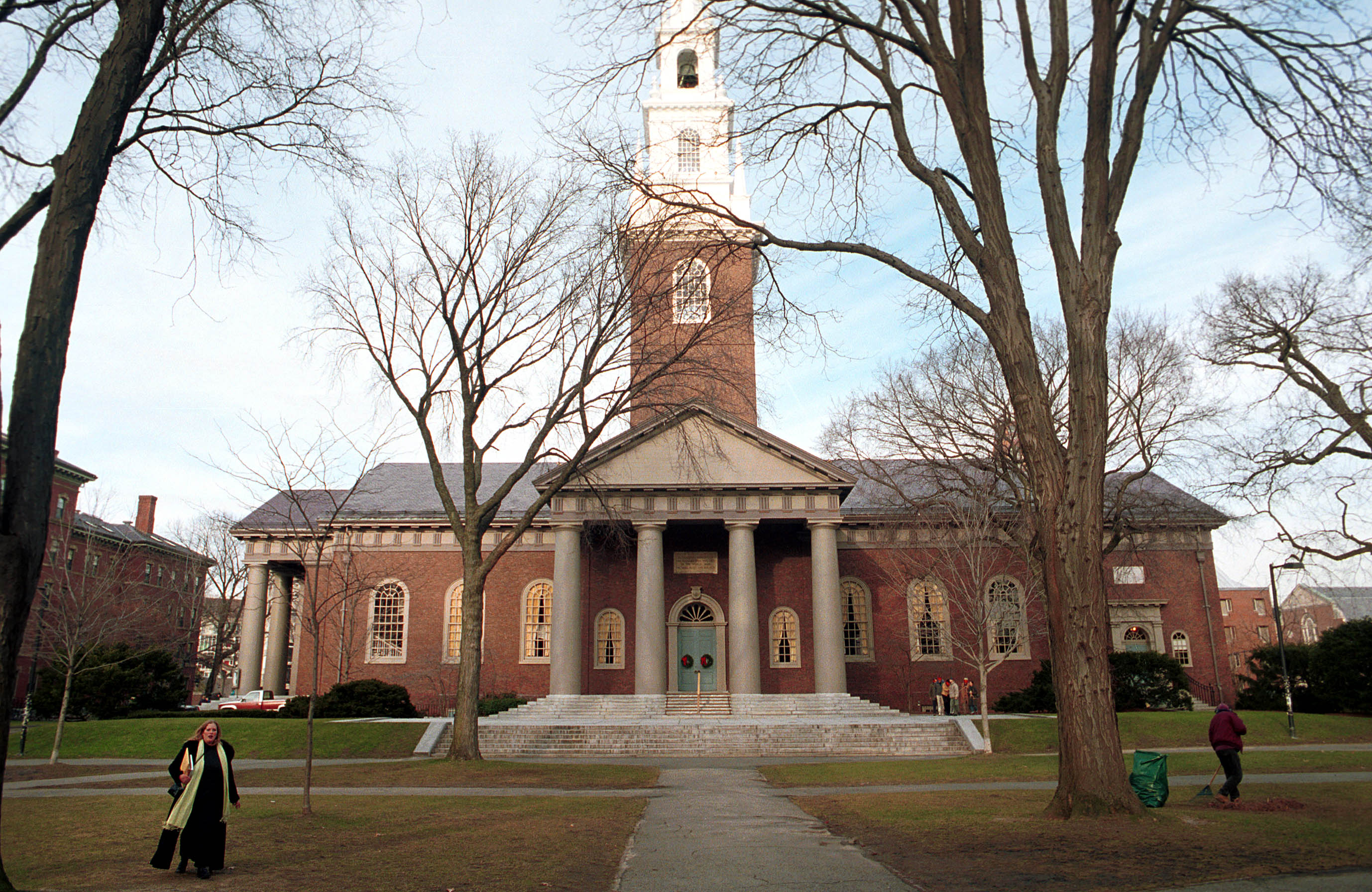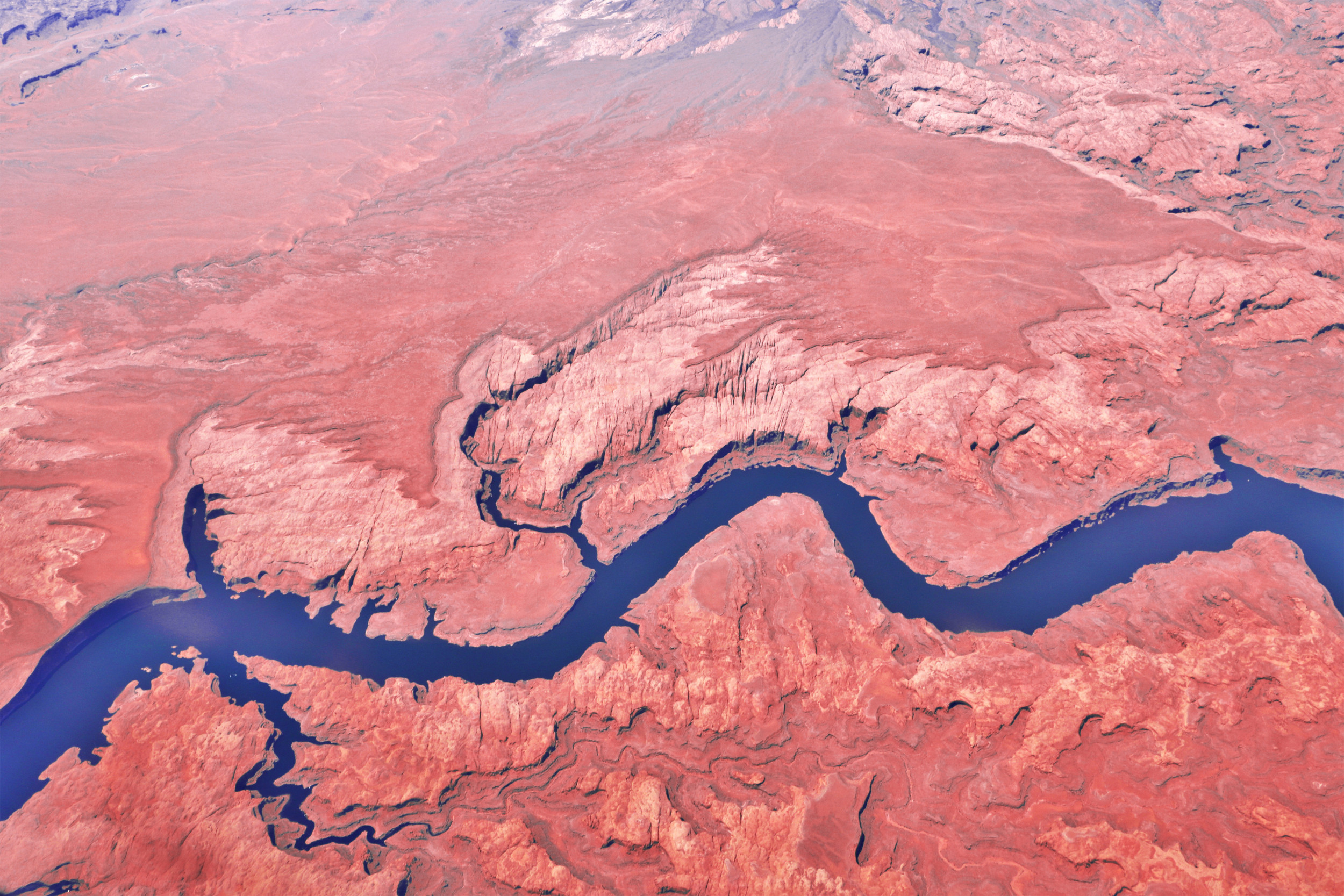Wildfire threats are spreading towards the Northern U.S. states this summer, leaving parts of the West flame free.
Michigan, Vermont, New Hampshire and Maine, as well as parts of Wisconsin and Minnesota, are at a high risk of wildfires this summer, a National Significant Wildland Fire Potential Outlook report predicts.
Usually, California and parts of the West experience the highest wildfire risk in the U.S. However, this year, the outlook looks better for the West than it has in a long time.
"The possibility of large wildfires is above-average in the northern Great Lakes, and Northeastern US regions this summer because of above-average temperatures and below-average precipitation, which are expected to continue through August," Philip Higuera, professor of fire ecology at the W.A. Frankie College of Forestry and Conservation told Newsweek.

"These conditions make dead vegetation—'fuels' for fire—much drier than average, making it much easier for fuels to ignite and for fires to spread fast," he said. "Under average conditions, these fuels are usually too wet to ignite and burn for very long periods, and that's what's different so far this year and expected to continue through the summer."
The effects of this year's wildfire season have already been seen in Canada, which is currently seeing a record-setting series of wildfires.
Fires are burning in Alberta, Nova Scotia, Ontario and Quebec and were so severe that the U.S. was also affected.
Smoke from these wildfires descended on to the East Coast, blanketing cities including New York in smoke.
This isn't to say the West is completely safe from wildfires this season but following heavy rain and winter storms in the region, states like California have experienced cooler temperatures than usual.
While the report stated that California and the Southwest have an average or below-average chance of large wildfires this summer, areas in the Pacific Northwest and the northern Rocky Mountains have an above-average possibility of wildfires.
"For California and the Southwest, the below- or near-average predictions are due in large part to significant winter snowpack and/or above-average precipitation the spring and expected over summer," Higuera said. "For the Pacific Northwest, the above-average changes for large wildfires are due to warmer-than-average temperatures experienced this spring, and expected through September, combined with below-average precipitation."
Wildfires are worsening because of climate change. In 2022, there were 68,988 fires across the U.S., which burned 7.57 million acres, according to the U.S. National Interagency Fire Center. This compares with 58,985 wildfires reported in 2021.
"Extensive wildfire activity, particularly in forests, is strongly related to seasonal and annual climate conditions—temperature and precipitation—we predict, and we see clearly, an increase in wildfire activity as our globe continues to warm," Higuera said.
"There is abundant and robust scientific research linking increased wildfire activity in the West (western U.S.) and many other regions globally to warmer, drier conditions, not only over summer, but increasingly in spring and fall—extending the time window each year when fuels are dry enough to ignite and for fire to spread."
Do you have a tip on a science story that Newsweek should be covering? Do you have a question about wildfires? Let us know via science@newsweek.com.








